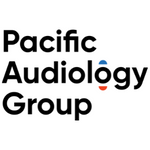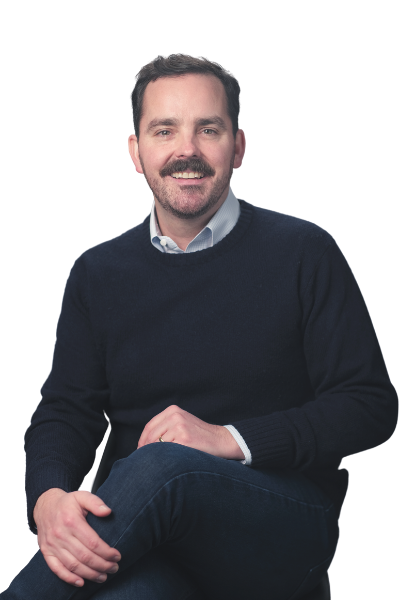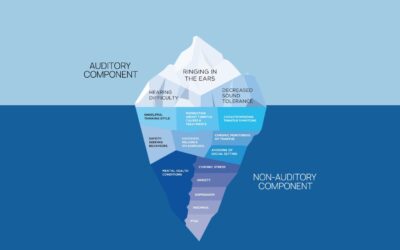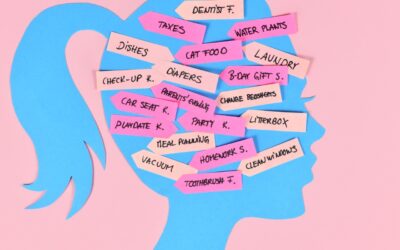In recent years, many public health agencies have reduced or eliminated funding for cerumen management when provided by general practitioners. The result is that this important service is being delivered more broadly in private hearing care offices all over the world. In Canada, many clients have come to expect free hearing care services in private clinics because we have largely bundled all the services we provide into the cost of hearing aids. As many independent clinics move to unbundle their services and decouple them from the sale of hearing aids, client expectations are slowly changing here.
For hearing care providers who are trained and licensed to perform cerumen management in their communities, this presents an opportunity to add another fee-for-service item and move away from a bundled pricing model.
Cerumen management is more (or less) than the removal of cerumen. It might involve simply monitoring through routine otoscopy, advising clients against ineffective or dangerous at-home removal methods, and only removing when necessary. Cerumen management ensures optimal performance of hearing aids. For hearing aid clinics, offering this service presents a valuable opportunity to enhance patient care and revenue streams. However, determining the right price for earwax removal can be a delicate balancing act.
Factors Influencing Pricing:
Several factors influence the appropriate pricing for earwax removal:
- Clinic Location: Prices can vary significantly depending on the clinic’s location (urban vs. rural, cost of living in the area).
- Clinic Overhead: Consider factors like rent, utilities, staff salaries, and equipment costs, especially when using single-use equipment.
- Competition: Research competitor pricing in your local market to ensure your prices are competitive but still profitable.
- Service Type:
- Irrigation: Involves the least amount of skill, and still the most common method used.
- Microsuction: More precise, and more suitable for many patients with certain medical conditions, but equipment can be more costly.
- Manual Removal: May be used in conjunction with other methods, for very basic removal, and to remove any foreign body, including hearing aid domes.
- Demographics: Consider the average income level of your target clientele.
- Insurance Coverage: If insurance covers earwax removal, factor that into your pricing to remain competitive.
Pricing Strategies:
- Cost-Plus Pricing: Calculate the direct costs associated with the service (supplies, staff time) and add a markup for overhead and profit. This ensures you will not lose money by adding this service. The challenge here can be giving a reliable quote or estimate before meeting the client and performing otoscopy.
- Value-Based Pricing: Emphasize the value of the service to patients, such as improved hearing, reduced discomfort, and increased hearing aid lifespan, and charge a flat rate for the appointment ($150 for example) that values the procedure and your time, and offer to discount it if the procedure turns out to be very simple
- Tiered Pricing: Offer different price points for various services (e.g., Irrigation vs. Microsuction or Simple vs. Complex). This model makes sense since more time is needed for complex removals, and possibly multiple visits to the clinic are required. Again, this is difficult to determine until otoscopy is completed.
- Packaged Services: Bundle earwax removal with other services, such as hearing aid cleanings or annual check-ups, to offer a more attractive package for your hearing aid clients.
Tips for Success:
- Transparency: Clearly communicate pricing to patients upfront, outlining the procedure, potential risks, and expected costs.
- Patient Education: Educate patients on the importance of regular earwax removal for optimal hearing health.
- Marketing: Promote your earwax removal services through your website, social media, and local advertising including to physicians.
A Model which Works for Me:
I have found that, when the clinic’s front office staff was tasked with scheduling the right amount of time and with providing an accurate estimate of cost, I was either left with not enough time, or too much time when seeing new clients. I now use the following protocol for every new client, and find it works very effectively, drawing in a large number of new referrals.
- Any earwax inquiry to the clinic will be scheduled for a 10-minute no-charge consultation with me, where I complete video otoscopy. Many clients who schedule this consult do not have occluding earwax, so a hearing evaluation is subsequently scheduled.
- Where an occlusion is present, I complete tympanometry, an assessment of the wax, a brief case history, informed consent, and schedule them for removal based on how complex I think the procedure will be – either 20, 30-40, or 60 minutes. I do not quote the cost based on one ear or two, but rather the complexity of the case. I price these appointments as follows:
- $75 for a basic removal (e.g., cerumen which is softer and in outer third or EAC, tympanic membrane is partially visible, and tympanogram is type A or C.) Typically a Bionix lighted curetted or EarWay Pro is used here. 20 minutes is enough time to complete this along with documentation.
- $125 for something moderately complex (e.g., one or both ears have a flat tympanogram with normal or low ECV, cerumenolytics were required because wax was firm to hard, and the possibility of needing two methods is required). 30 or 40 minutes is scheduled here.
- $175 for the most complex (e.g., both ears are occluded with hard wax, cerumenolytic is required, microsuction and manual removal will likely both be needed). 60 minutes is scheduled for these, leaving more time for clean-up and documentation.
- A cerumenolytic will be provided to clients who require it, with instructions for use prior to their next visit, which is booked far enough out to allow softening agents to be effective.
- If clients are new to the clinic, I always try and schedule them for an audiogram. This can be combined with the wax removal appointment for a non-complex case, but I try to avoid combining an audiogram with a complex removal. Also note that clients requiring complex removals will likely lead to basic, routine removals at an annual or bi-annual visit.
Conclusion:
Pricing earwax removal requires careful consideration of various factors. By finding the right balance between cost and value, hearing aid clinics can provide a valuable service to patients while generating a healthy revenue stream. Remember to prioritize patient care and transparency in all your pricing decisions. To become an expert in cerumen management, check out our online Comprehensive Cerumen Management Training Program today!
If you found this blog helpful, please share it on social media!





